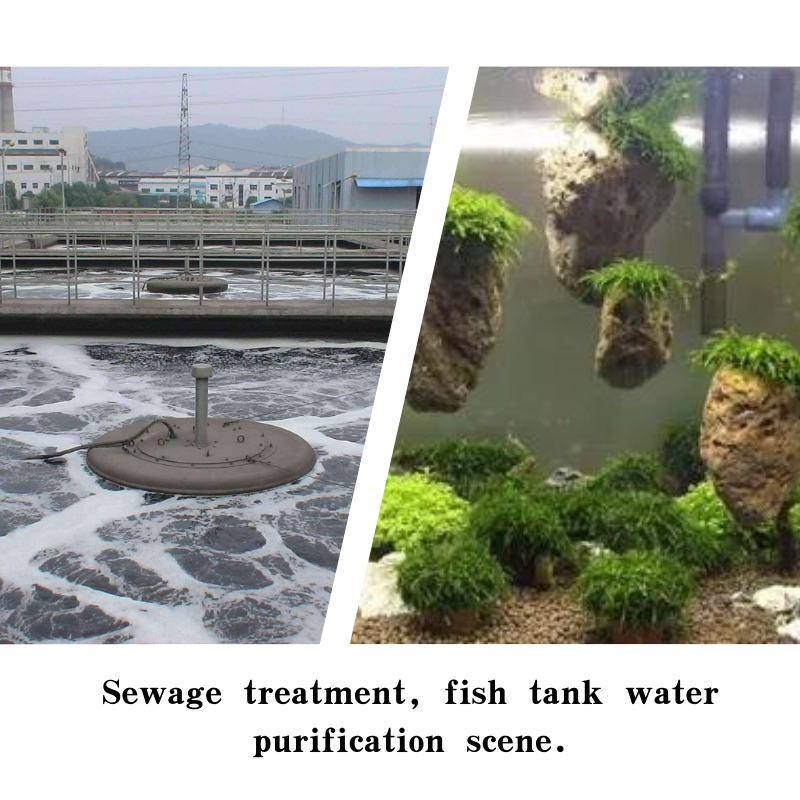
Exploring the Unique Properties and Applications of Sepiolite Fiber in Various Industries
The Unique Properties and Applications of Sepiolite Fiber
Sepiolite is a natural clay mineral that has garnered attention due to its distinctive fibrous structure and remarkable properties. Known as a type of magnesium silicate, sepiolite is primarily composed of magnesium, silicon, and oxygen. Its fibrous morphology gives it exceptional features, making it a valuable resource in various industrial and commercial applications. This article explores the unique properties of sepiolite fibers and their diverse uses.
Unique Properties
One of the standout characteristics of sepiolite fibers is their high absorbency. The fibrous structure provides a large surface area which enables sepiolite to absorb water and various solvents effectively. This quality makes it an excellent candidate for use in products that require moisture management, such as cat litter, absorbent pads, and oil spill cleanup materials. Furthermore, sepiolite has a high porosity, allowing it to retain liquids and gases without becoming saturated quickly.
Another important property of sepiolite fibers is their thermal stability. Sepiolite can withstand high temperatures without undergoing significant degradation. This thermal resilience makes it suitable for use in fireproofing materials and as an insulating agent. Its low thermal conductivity also contributes to energy savings in applications such as building materials.
Additionally, sepiolite fibers exhibit non-toxicity and biocompatibility, which are crucial characteristics for the production of environmentally friendly products. As a naturally occurring mineral, sepiolite does not pose health risks when handled properly, making it suitable for various consumer products, including cosmetics and pharmaceuticals.
sepiolite fiber

Industrial Applications
The unique properties of sepiolite fibers lend themselves to a wide range of industrial applications. In the construction industry, sepiolite is often used as an additive in cement and concrete. Its fibrous nature enhances the strength of the materials and improves their durability, making structures more resistant to cracking and wear over time.
In the agricultural sector, sepiolite is utilized as a soil amendment due to its excellent moisture retention capabilities. It helps improve soil aeration and drainage, promoting healthy plant growth. Moreover, farmers often use sepiolite in animal bedding as it absorbs moisture and odors effectively, providing a cleaner and more comfortable environment for livestock.
In the realm of environmental remediation, sepiolite is gaining prominence as a natural absorbent for pollutants. Its ability to bind with oils and other chemicals makes it an effective agent for cleaning up oil spills and other hazardous materials. This environmentally friendly alternative to synthetic absorbents provides a sustainable solution for addressing ecological challenges.
Conclusion
Sepiolite fiber is a remarkable natural resource with unique properties that make it suitable for various industrial applications. Its high absorbency, thermal stability, and non-toxic nature distinguish it as a valuable material in construction, agriculture, and environmental management. As industries continue to seek sustainable and effective solutions, sepiolite fibers are poised to play a significant role in advancing environmental stewardship and promoting innovative practices. The future of sepiolite seems promising, demonstrating that natural materials can meet modern needs while being environmentally responsible. As research progresses and technology advances, we can expect to uncover even more potential uses for this fascinating mineral.
Share
-
Premium Pigment Supplier Custom Solutions & Bulk OrdersNewsMay.30,2025
-
Top China Slag Fly Ash Manufacturer OEM Factory SolutionsNewsMay.30,2025
-
Natural Lava Rock & Pumice for Landscaping Durable Volcanic SolutionsNewsMay.30,2025
-
Custom Micro Silica Fume Powder Manufacturers High-Purity SolutionsNewsMay.29,2025
-
Custom Mica Powder Pigment Manufacturers Vibrant Colors & Bulk OrdersNewsMay.29,2025
-
Custom Micro Silica Fume Powder Manufacturers Premium QualityNewsMay.29,2025






